Types and varieties of gloxinia
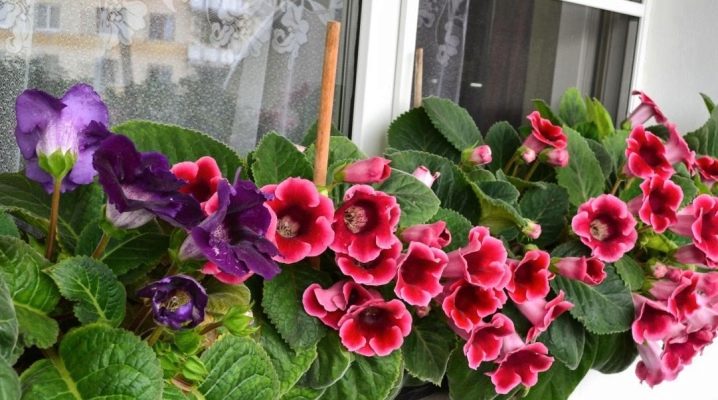
Gloxinia is a genus of plants from the Gesneriaceae family (Latin Gesneriaceae). Gloxinia exists as a perennial herb and shrub. The history of the development of culture is associated with several events due to which gardeners share two separate types: false and real gloxinia. After lengthy research in the botanical sense, the plant is usually called Sinningia (Sinningia), however, in the lexicon of amateur gardeners, Gloxinia has retained its original name.
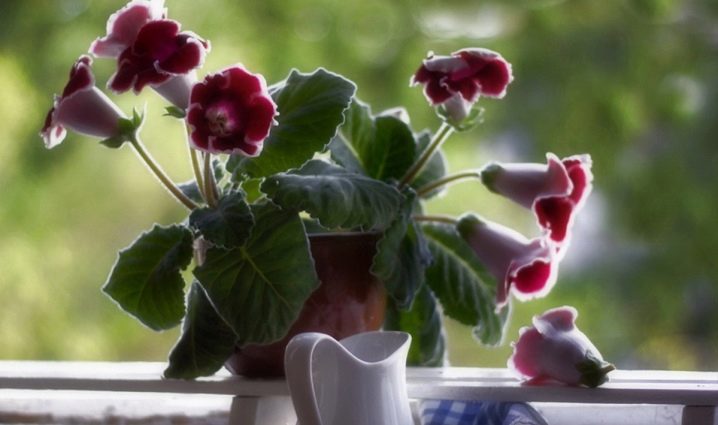
Peculiarities
Remarkable is the fact that terry gloxinia is most often found on window sills in the house. She deserved her presence by the peculiarity of flowering: there are much more petals in the bud than in another form.
Hybrid Gloxinia has several features that are worth mentioning.
- In the process of research, which has been going on for more than 200 years, more than 75 new varieties of gloxinia have been bred, each of which has its own individual differences. The selection work helped to achieve from the varieties bright, clear shades of the color palette on the petals, and the buds themselves were doubled. Even an experienced florist will not be able to study all varieties of gloxinia, the reason for this is the variety of species and varieties.
- The shape of the bud has the structure of a bell. Among the hybrid forms of gloxinia, there are common, double and semi-double varieties. This is influenced by the number of petals in the bud, as well as the shape and size of the corolla.
- Gloxinia has a dormant period. In winter, it goes into "hibernation": watering is gradually reduced, and the pot with the plant is carried away to a darkened place. This feature applies to all types and varieties of gloxinia.
- Studies by the Taiwan Bureau of Environmental Protection, based on the experiments carried out, state that gloxinia more than other plants saturates the air with oxygen. In the course of the experiment, 20 species of indoor plants were selected, among which gloxinia was the leader in the amount of air produced.
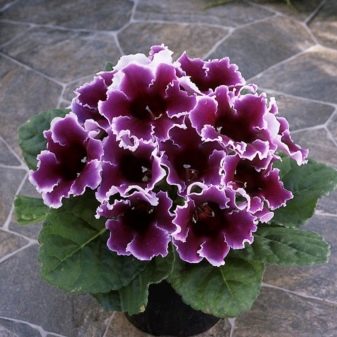
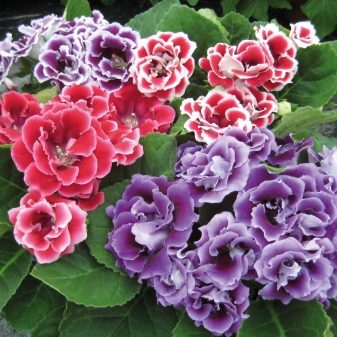
The reason why the plant has two official names dates back to 1785. Young explorer Peter Gloxin found an unusual plant in Brazil. He described it and transported the flower to Europe. Peter named the flower after himself: Gloxinia.
The story of the occurrence of gloxinia could have ended there, but 20 years later, Wilhelm Zinning discovered a similar flower in his greenhouse. He began to engage in selection and study of the plant, and then named the flower in his own honor: this is how sinningia appeared.
After research, it was found that both flowers are closely related and have slight differences in the root system. It is officially accepted to call the plant gloxinia. However, the breeder Wilhelm did not remain without a mention - in the species you can find the name "beautiful synningia".


Diversity
Among the abundance of species and varieties of gloxinia, you can find plants with various characteristic features, as well as with almost any shade of flowers. Several varieties can be distinguished among indoor gloxinia.
- "Empress"... It is rightfully considered a royal variety, and many consider the "Empress" the most luxurious flower of all domestic gloxinia. At the same time, up to 10 buds can bloom on the plant, the height of which rarely exceeds 10 cm. It is noteworthy that it is the "Empress" in its varieties that has the most shades of different colors: wine-red or light color interspersed with dark dots.


- Variety "Shagane" very popular among florists. When you first see this purple flower, it seems that it is the most beautiful plant in the world. The reason for this admiration is the appearance of Shagane gloxinia. The tubular corolla can be pink, white, brown and purple. Each flower contains 4 stamens. But some gardeners prefer other varieties due to the fact that "Shagane" requires increased care.
The creator of this variety is a breeder with the surname Slusar. Most often, purple leaves are strewn with small splashes of white.
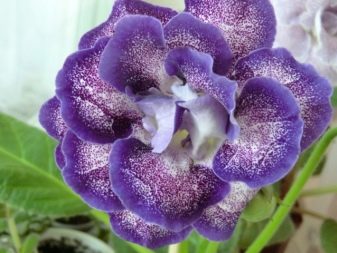

- "Avanti"... It comes from South and Central America and is a tropical plant, although its existence is possible at home. Due to natural conditions (rains, droughts) "Avanti" has the peculiarity of going into hibernation for several months. It is a compact plant in structure. The leaves are broadly oval. Can give 20 colors at once.
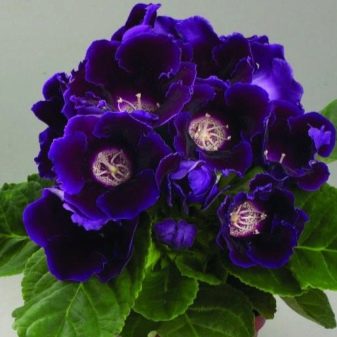
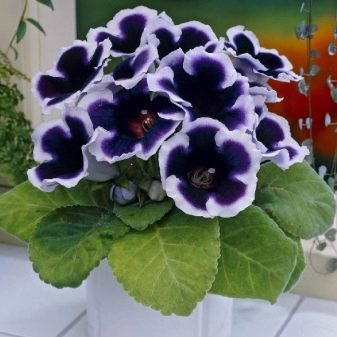
- "Yesenia". This variety came directly from Holland to Russia. "Yesenia" has spread throughout all corners of our country, and today it can be seen in many in the house. It is noteworthy that it is with this variety that you need to start growing gloxinia: it is less demanding than other plants. With perfect care, it grows up to 30 cm in length. Large flowers, shaped like a rose. It blooms for a long time and strongly: new petals grow quickly. The petal is velvety to the touch. As they mature, a white border appears at the tips of the leaves.

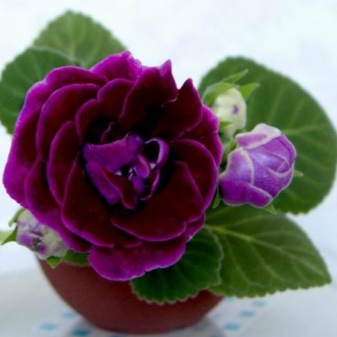
- "Kaiser Wilhelm" differs from other varieties in its abundant flowering. Plant height ranges from 25 to 30 cm and is great for growing on a windowsill. The variety prefers a lot of light. In the process of flowering, the petals of the buds at the base have a burgundy hue, which turns into white at the ends.
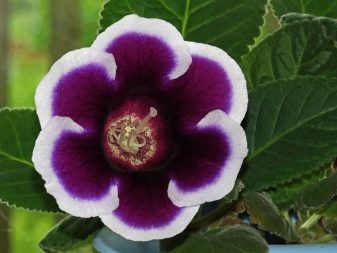
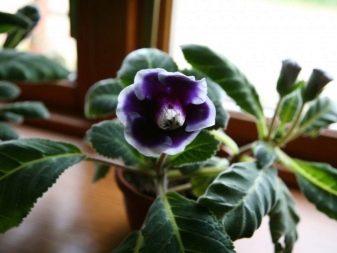
- "Impress" includes many varieties that differ in color: red - red flower, blue ink - blue color, and so on. In total, it includes about 6 different color shades. The peduncle can bloom with 20 buds at the same time with proper care. The shape of each flower resembles a bell in structure.
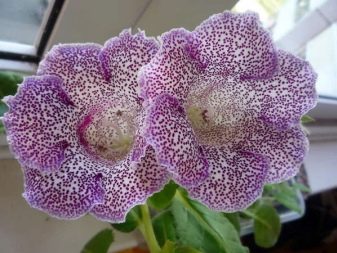
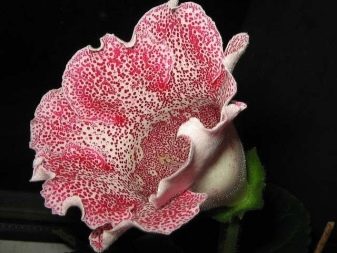
- Frederick. The neat flowers inside seem to be filled with crimson color, and the tips of the petals are painted with a white tint. "Friedrich" won many flower growers with its appearance, and thus earned its place in the houses. At least 10 buds participate in flowering, and sometimes their number can reach 15. Flowering begins in May and lasts until September.

- "Hollywood" also came from Holland. The plant has purple petals. Florists say that "Hollywood" is mesmerizing with its color. The velvety finish of the flowers is a feature of this gloxinia. Blooms for no more than three months, usually starting in May. The variety is very sensitive to fertilizers: overfeeding can lead to the death of the plant. The ends of the petals are wavy, which gives charm to the overall look of "Hollywood". The flowers reach 8 cm in diameter.
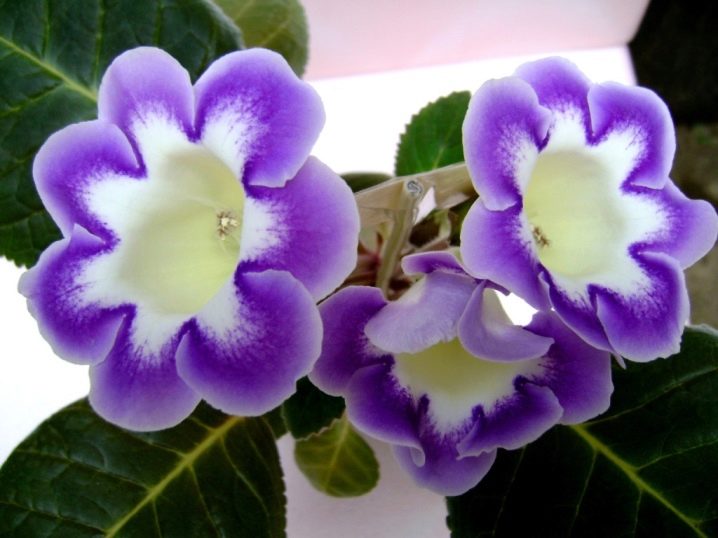
- "Rosalind". Many people think that simplicity is beauty's best friend. In the case of the Rosalind variety, this statement fits completely: the white flowers with crimson edging look amazing. Flowering is long and very abundant. The socket is compact. "Rosalind" has straight stems. Over time, the diameter of the plant can exceed 25 centimeters. Leaves grow densely closer to the soil.
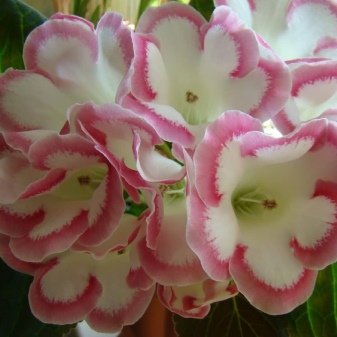
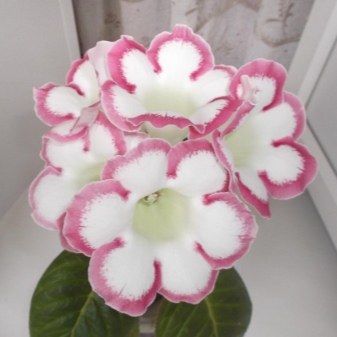
- "Brocada" known in two colors: red and blue. Terry, rather large flowers. Flowers exist on the peduncle for a long time, the structure of "Brocade" is undersized. Most popular in Japan, where it was bred by local breeders. It has spread widely as an indoor flower with an unpretentious character, because it requires less light and moisture than others.
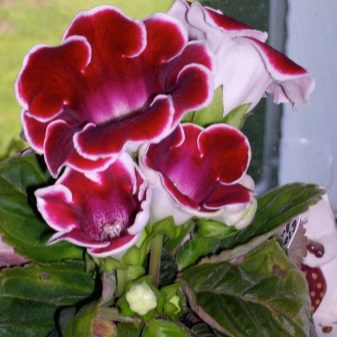
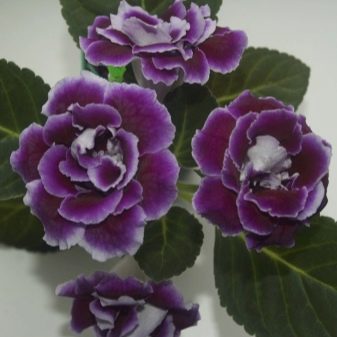
Types of buds
Gloxinia have bell-shaped buds, the color can be very different from pink-red to blue-violet, there are two-color buds. When buying seeds, many people come across an unknown term - bicolor.This term refers to a color scheme that has 2 different colors.
Flowers can be simple and double, with contrasting and corrugated edges. They rise on peduncles above wide velvety leaves.

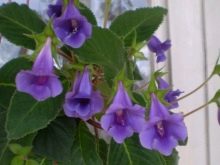
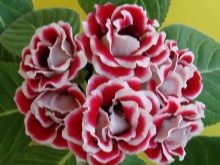
Color classification
There is no official classification of a plant by color. Since the variety of different color palettes of gloxinia does not allow you to accurately establish the number of species and varieties, growers among themselves are used to dividing it into several color varieties.
- Tiger colors. If the edges of the petals are painted in a certain color, and the leaf itself is dotted with small dots, such a gloxinia is called tiger, and usually such gloxinia are the most beautiful. It is possible to note in this class leopard and tiger gloxinia. Tkachenko's amazing selection consists of tiger and chintz colors and is the best example of gloxinia interspersed.

- Chintz colors... If the petals are dotted with peas or small dots of various colors, this is calico gloxinia. In general, nothing, except for the absence of a fringing of leaves at the end, does not differ from tiger.

- Solid color... If the petals are painted in one color, and the mixture of colors is not observed: then gloxinia can be classified as monochromatic. These include white, blue, pale pink and light purple gloxinia: they all have a bright, rich shade and do not mix with others.
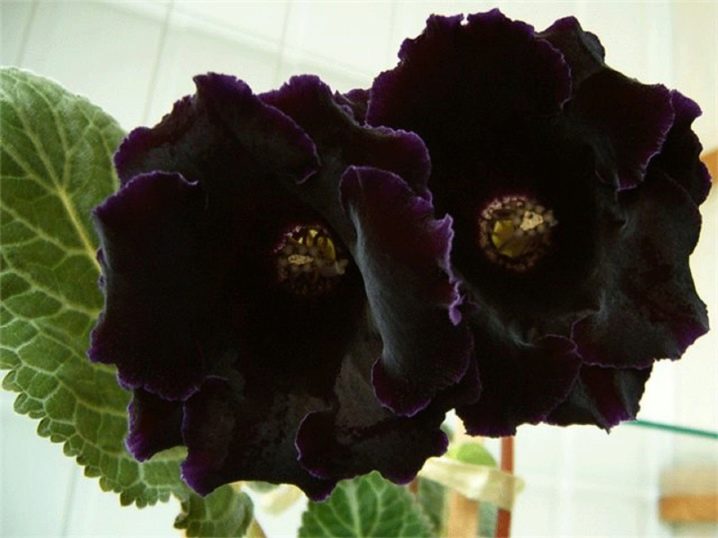
All of the listed classifications can have a velvety and regular surface: color does not affect the formation of shell texture. These differences are given in order to better navigate the choice of a particular flower.
Role in the interior
Varietal varieties of gloxinia allow the use of a wide variety of plants in order to create a decorative setting.
The variety of colors helps to create solutions that enrich the interior: a few bright gloxinias can bring the most modest home to life.
For the above reasons, the role of a plant like gloxinia is enormous.
Due to the abundance of different shades, compositions are often created from the plant: assorted flowers look harmoniously together and form a symbiosis of beauty and bright colors. In office buildings, it is customary to put a houseplant in the room. Any variety of the above is perfect for this role.
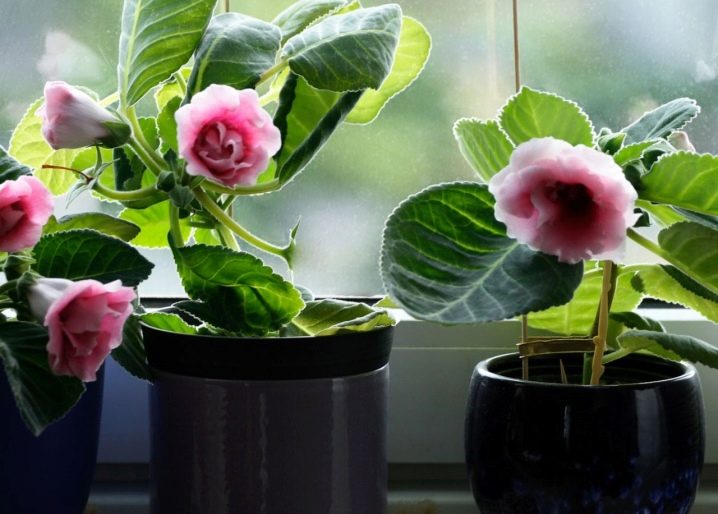
What is it combined with?
It is advisable to keep gloxinia next to any plant - it looks harmoniously with other vegetation. Pairs well with:
- tradescantia - it is better to choose a compact Tradescantia flower with moderate flowering;
- sour - choose white or green leaf color;
- chlorophytum - given that chlorophytum almost does not bloom, a combination with gloxinia will be an excellent option;
- violet - the varieties "Shagane" and "Impress" are combined;
- hibiscus - Gloxinia will complement the vibrant hibiscus.
When choosing a companion, you can pay attention to similar varieties: growers often put several varieties of gloxinia in one row, because the common features look good with each other.
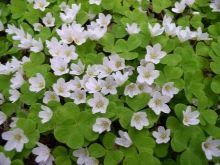
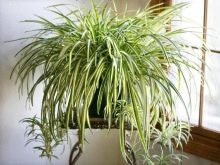
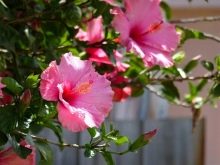
Where to put?
Gloxinia can stand anywhere, the best option is to keep the pot near a source of natural light, which is important for the development of the flower. It is important to remember about the prohibition of direct sunlight: the leaves tend to get burned if the light hits at a right angle: the solution to the problem is a small shutter between the sun and the pot.
Gloxinia does not have poisonous properties, and therefore can serve as a home dweller in a children's room or in the kitchen.
The location of the pot depends in part on the season: for the hibernation period in winter, the plant needs a dormant period, which means that light will be contraindicated. The hibernation interval is different for all varieties, but at this time it is better to rearrange the flower in a dark place with a neutral temperature (+10.12 degrees). At normal times, you can put the pot on the veranda or in the room: it will look everywhere.
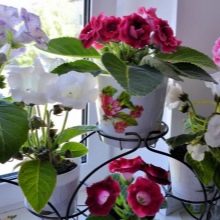

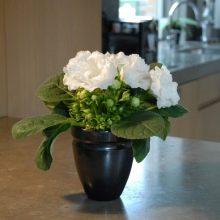
See below for recommendations for the care of gloxinia.




























The comment was sent successfully.